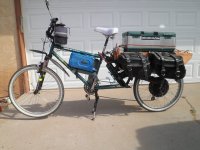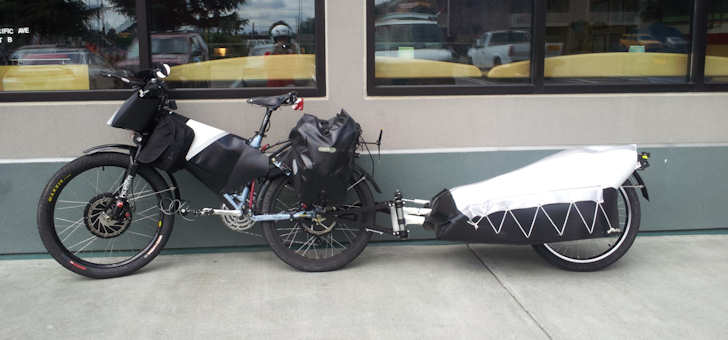Hi everyone,
New member to the forum here.
I'm living in Australia at the moment (I move countries quite a bit). I am currently in the planning stage of a zig zag trip around and through Australia. Probably around 15 000km in total.
I am wondering what peoples thoughts are on the practicality of ebikes for a very long journey such as this one. Are there solar products out there that could charge an ebike while riding it? Would it be practical to carry 2 or 3 batteries for when charging isn't an option? What type of ebike would be best suited for this (If any at all).
I don't have to do this journey on an ebike but I am a huge fan of technology and I think it would add a tech-twist to the journey.
Looking forward to getting everyone's opinions on this
New member to the forum here.
I'm living in Australia at the moment (I move countries quite a bit). I am currently in the planning stage of a zig zag trip around and through Australia. Probably around 15 000km in total.
I am wondering what peoples thoughts are on the practicality of ebikes for a very long journey such as this one. Are there solar products out there that could charge an ebike while riding it? Would it be practical to carry 2 or 3 batteries for when charging isn't an option? What type of ebike would be best suited for this (If any at all).
I don't have to do this journey on an ebike but I am a huge fan of technology and I think it would add a tech-twist to the journey.
Looking forward to getting everyone's opinions on this





